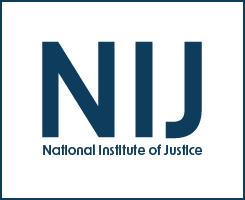Developmental validation of 15 X chromosomal short tandem repeat markers
Journal
Forensic Science International Genetics
Date Published
November 2013
Agencies
NIJ-Sponsored
Publication Type
Research (Applied/Empirical)


